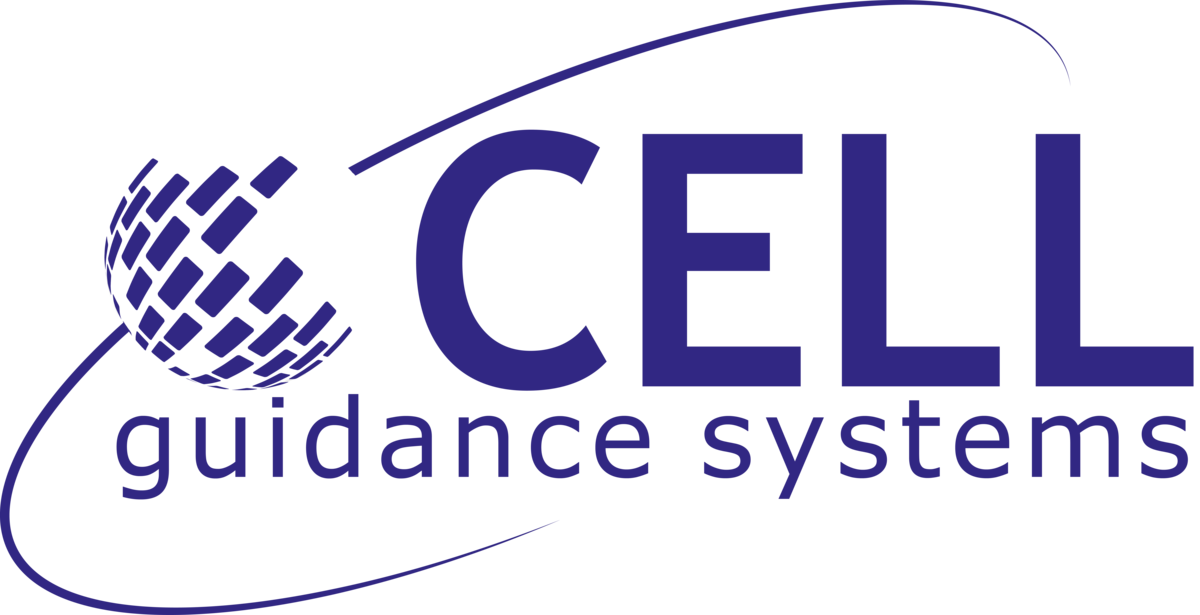The extracellular matrix (ECM) was once thought to be little more than a physical scaffold. However, it is now known to have key regulatory roles that have led to many ECM components being investigated for therapeutic targeting. High-quality tools and technologies are essential to support ECM research and develop effective treatments for conditions including osteoarthritis, fibrosis, and cancer.
What is the extracellular matrix?
The extracellular matrix is a dynamic three-dimensional (3D) network within which cells reside in tissues. It serves to provide structural integrity and the mechanical properties necessary for cellular function. In addition, the ECM has critical roles in processes including embryogenesis, tissue-specific development, and maintaining homeostasis. The molecular composition and structure of the ECM varies between different tissues and is altered during normal tissue repair and disease pathogenesis.
Key ECM components
In mammals, there are approximately 300 core ECM proteins, which are collectively referred to as the matrisome1. These include fibrillar components such as collagens, fibronectin, and elastin, and non-fibrillar components like proteoglycans, hyaluronan, and laminins. Besides these, numerous ECM-associated proteins have been identified, including ECM-affiliated proteins, ECM regulators, and secreted factors2. Enzymes such as matrix metalloproteinases (MMPs), glycosidases, lysyl oxidases, and others contribute to ECM remodeling.
- Collagens are the most abundant proteins in the ECM, accounting for approximately 90% of its content. In vertebrates, 46 distinct collagen chains assemble as triple helices to form 28 collagen types, with roles that include regulating cell adhesion, providing support for cell migration, and guiding tissue development. Collagen disorders include inherited conditions such as osteogenesis imperfecta, Ehlers-Danlos syndrome, and Marfan syndrome, as well as autoimmune diseases such as scleroderma, systemic lupus erythematosus (SLE), and temporal arteritis.
- Fibronectin is a 230 - 270 kDa glycoprotein encoded by the FN1 gene. It is secreted by various cells (predominantly fibroblasts) as a dimer, before being assembled into a fibrillar scaffold that can bind multiple cell adhesion receptors, growth factors, and other ECM proteins. Fibronectin has roles in embryonic development and wound healing, can modulate cellular adhesion and migration, and is implicated in mechanotransduction. Earlier this year, a rare genetic variation in FN1 was found to reduce the likelihood of developing Alzheimer's disease by up to 70%3.
- Elastin is formed through the cross-linking of its tropoelastin monomer, a spring-like protein that can extend to eight times its length. It is fundamental to the resilience of various vertebrate tissues, including ligaments, tendons, and skin, as well as large arteries, lung, and elastic cartilage. The loss of elastin has been linked to cardiovascular disease, emphysema, and photoaging. Recombinant elastin-like polypeptides (ELPs) are being developed for applications including drug delivery and tissue repair4.
- Proteoglycans consist of a core protein to which one or more glycosaminoglycan (GAG) chains are covalently attached. The high negative charge conferred by the GAG chains enables proteoglycans to sequester water and divalent cations, which are essential for their space-filling and lubrication functions. Proteoglycans are being investigated as potential therapeutic targets for conditions including vascular disease, cancer, and chronic neurodegenerative disorders such as Alzheimer's disease, Parkinson's disease, and multiple sclerosis.
- Hyaluronan is a common GAG, abundantly expressed in all tissues, which is distinguished by its simple structure and lack of covalent linkage to a core protein. The biological functions of hyaluronan depend on its size, tissue concentration, and binding partners, but include roles in maintaining the tissue architecture and regulating cell proliferation. Conditions to which hyaluronan has been linked include diabetes, osteoarthritis, and inflammatory bowel disease (IBD).
- Laminins are composed of α, β, and γ heterotrimer chains that connect to form a cross-shaped structure. 16 members of the laminin family have been identified, all of which are classified according to their subunit composition. Laminins are localized to the basal lamina of tissues and interact with cell surface receptors to regulate cellular activities and signaling pathways. Defective laminins are associated with conditions including muscular dystrophy, junctional epidermolysis bullosa, and Pierson syndrome.
Tools and technologies for ECM research
A vast array of tools and technologies has been developed to support ECM research, including purified matrix proteins, growth factors, and enzymes, as well as biologically relevant hydrogels that are designed to mimic specific ECM settings. Other available products include mechanosensitive probes, which allow for investigating how the mechanical properties of ECMs regulate cellular behaviors, and MALDI-MS matrices, which are optimized for mass spectrometric analysis.
Featured suppliers for ECM research

Spirochrome - live imaging probes
Spirochrome offers a broad range of fluorescent probes for live cell bioimaging. These include actin, tubulin, DNA membrane tension, cytoskeleton and lysosome probes.
Featured products:
- Flipper-TR - live cell fluorescent membrane tension probe
- ER Flipper-TR - live cell fluorescent membrane tension probe specific for ER
- Lyso Flipper-TR - live cell fluorescent membrane tension probe specific for lysosomes
- Mito Flipper-TR - live cell fluorescent membrane tension probe specific for mitochondria

Cell Guidance Systems
Cell Guidance Systems provide reagents and services for cell-based research. Innovative printable PODS® growth factors, small molecules and more to support you.
Featured products:
About Cell Guidance Systems Shop for Cell Guidance Systems products

ProteoChem
ProteoChem is a biotechnological and chemical reagent manufacturing company that specializes in protein biochemistry and organic synthesis. ProteoChem manufactures protein crosslinkers, analytical standards, and novel proteomics reagents.
Featured products:

Cytoskeleton
Cytoskeleton, Inc. offers a wide range of kits and products for drug screening, signal transduction and cytoskeletal research. In partticular, they offer a large range of ECM proteins.
